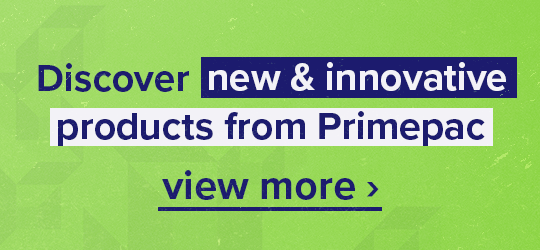A secure, stable load is critical in all operations, no matter the industry. With a wide range of both hand and machine pallet wrap available, this article discusses how you can avoid plastic wastage and help determine the most suitable pallet wrap.
With factors such as material, micron thickness and application contributing to which pallet wrap is most suited to you, read on to determine if your pallet wrap is working to keep your operational, and efficiency costs down.
Basic pallet wrap attributes
Pallet wrap is a strong and flexible material used to secure and stabilise goods during transportation and storage. Its main attributes include the following:
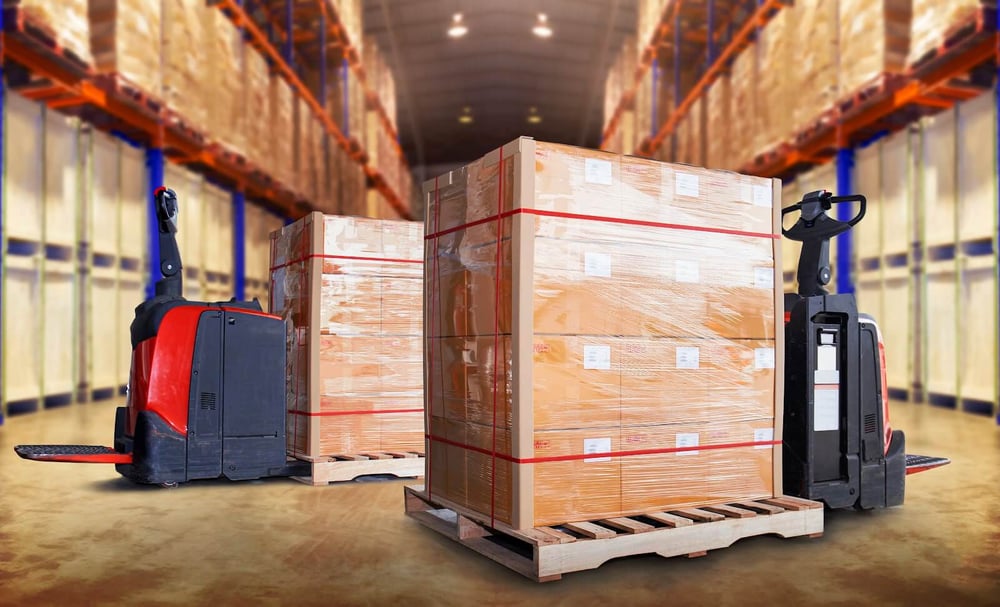
Material
Common materials seen in pallet wrap include polyethylene, polypropylene, and PVC. The majority of our pallet wraps available at Primepac are made from polyethylene, which is stretchable and wound on a cardboard core. Polyethylene can be categorised into the following four groups:
- LDPE (low-density polyethylene)
- LLDPE (linear low-density polyethylene)
- MDPE (medium-density polyethylene)
- HDPE (high-density polyethylene).
Each of these categories is identified by its cellular structure, the molecules bonded to each other and how tightly they are formed. It’s important to keep in mind that depending on what you’re wrapping, the material you choose may affect the durability and performance of your pallet wrap. We’ll outline the main differences below.
LDPE - Low-density polyethylene
One of the most widely used materials, LDPE offers great flexibility and conforms well to a variety of surfaces. The challenge with LDPE is that it has relatively low puncture resistance and durability compared to other materials available. It is widely used in construction, agriculture and other industrial areas that require surface protection. LDPE is considered a homopolymer, which is a polymer that is formed using the same repeating monomers. (See graphic below)
LLDPE - Linear low-density polyethylene
LLDPE is the most flexible of the plastic films and is comprised of a copolymer – containing multiple molecules that improve tensile strength, flexibility and durability in harsh environments. More malleable and durable than LDPE, it is often used to absorb shock in high impact shipping environments.
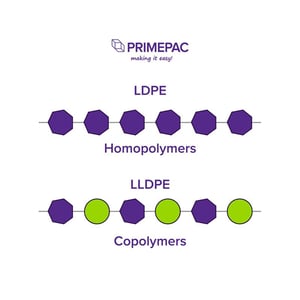
MDPE - Medium-density polyethylene
MDPE is the least common form of polyethylene for pallet wrap. It is stronger than LDPE and slightly more chemical resistant. It is often blended with LDPE or LLDPE to create a strong yet flexible material.
HDPE - High-density polyethylene
High-density polyethylene is considered the most durable and chemically resistant of the four. Offering high UV resistance without needing UV additive packages, its material is tightly bound together to prevent molecules from passing through its structure.
Thickness
Wrap thickness is measured in microns and generally ranges from 5mu to 30mu, depending on your application. Nanotechnology is the latest pallet wrap innovation that offers a high-performance, multi-layered stretch film. Consisting of 33 layers, despite a reduced thickness, our pallet wrap will maintain a strong holding force on the pallet. With the added benefit of less plastic waste, nanotechnology has become a game changer in the packaging industry.
Historically, many have believed that the higher the micron, the more secure the load. But with Nanotechnology, this isn’t necessarily the case. In certain instances, we have discovered that a multi-layered film at 15mu, can perform as well as a standard 20mu pallet wrap.
We’ve outlined the basic tips and tricks, but acknowledge every load has different requirements. That’s why we generally suggest you get in touch so we can conduct a pallet wrap analysis, thereby being able to recommend the right pallet wrap best suited to your line of work.
Width
The standard width of pallet wrap is typically between 380mm and 510mm, or 15 to 20 inches. However, some wider films are available. Wider films generally cost more per roll as they require more material to manufacture.
Length
Generally, the longer a roll of pallet wrap, the higher the cost will be. This is because longer rolls require more material and more manufacturing time. However, shorter rolls need to be replaced more frequently, potentially impacting the efficiency of your warehouse operations.
Hand pallet wrap
Hand pallet wrap is manually applied, generally used for lighter work and is ideal for a lower volume of pallets wrapped per day. We have a wide range of hand wraps available online, which you can use in conjunction with wrap dispensers, and even offer Grip Systems – an ergonomic stretch film dispenser designed with the operator in mind.
Machine pallet wrap
We find machine pallet wrap is most suited to high-volume users, at distribution centres that are dispatching greater than 15 pallets per day. With the ability to reduce plastic consumption significantly, many consider this as an essential and efficient investment in their day-to-day operation.
Costly pallet wrapping mistakes
Proper pallet wrapping is crucial for the safe and efficient transportation of goods. However, several mistakes can lead to unnecessary costs and damage to your shipment. In this section, we will highlight the common mistakes to avoid when wrapping pallets.
Product damage
Poorly wrapped pallets can cause goods to shift during transportation, resulting in damage and wasted products. The cost of repairing and replacing these damaged products, as well as the additional processing costs, can add up significantly. To avoid returned shipments and customer complaints, you need to ensure your chosen pallet wrap has sufficient durability, strength and containment force.
Excessive purchasing and wasted time
If wrapped using the correct technique and thickness, you won’t need to use an excessive amount of pallet wrap. Plus, with our multi-layered nanotechnology, you may not necessarily need the current micron thickness you are using. Incorrect tension, over-wrapping and even under-wrapping can lead to waste or damage that could be easily prevented by using the right type of pallet wrap with the right application.
Pallet wrap NZ
While the above factors will help determine the most suitable pallet wrap, every load has unique dimensions and requirements. Additionally, you may need to invest in pallet wrapping accessories such as dispensers and top sheets.
At Primepac, we can help with all your pallet wrapping needs. We stock a range of pallet wraps and accessories for loads of all shapes and sizes:
- Pallet stretch wrap
- Pre-stretched pallet wraps
- Plant-based pallet wrap
- Coloured pallet wrap
- Ventilated pallet wrap
- Pallet toppers
- Pallet bags and nets
- Pallet wrap dispensers




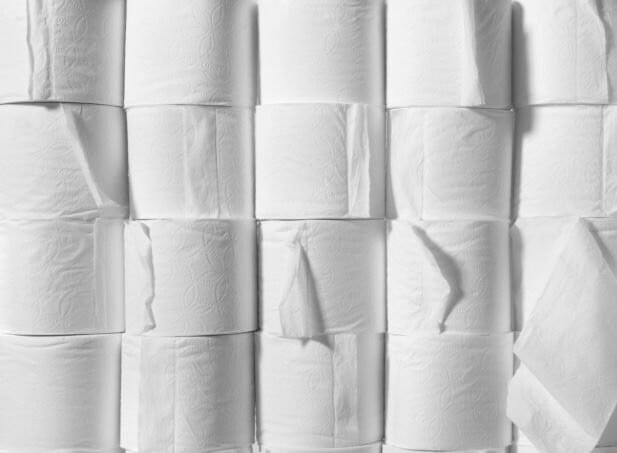
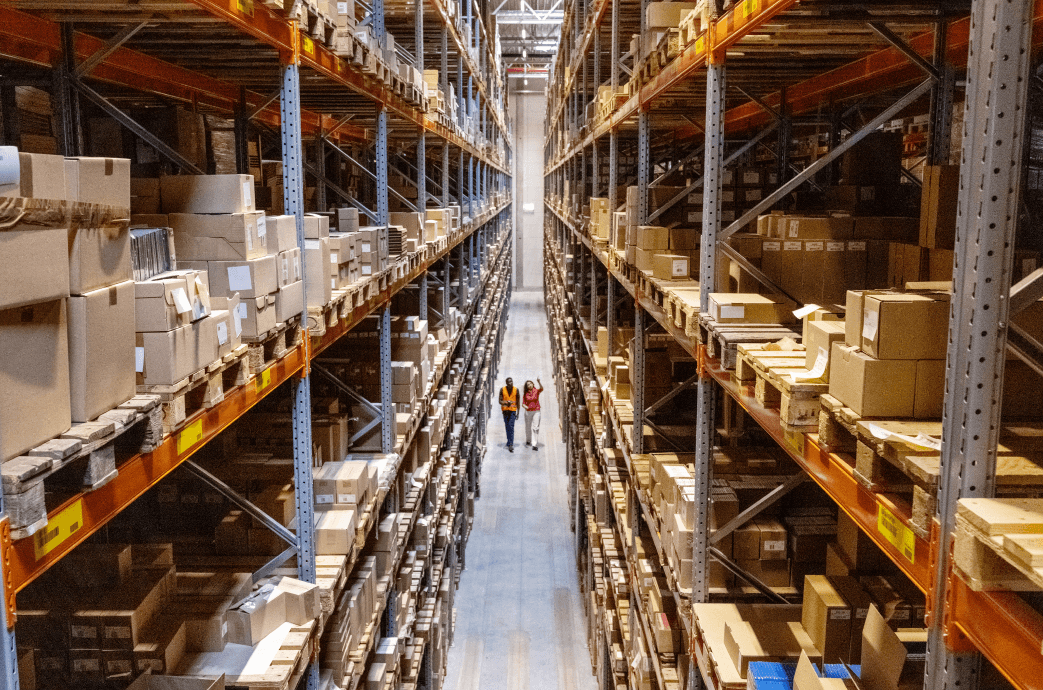
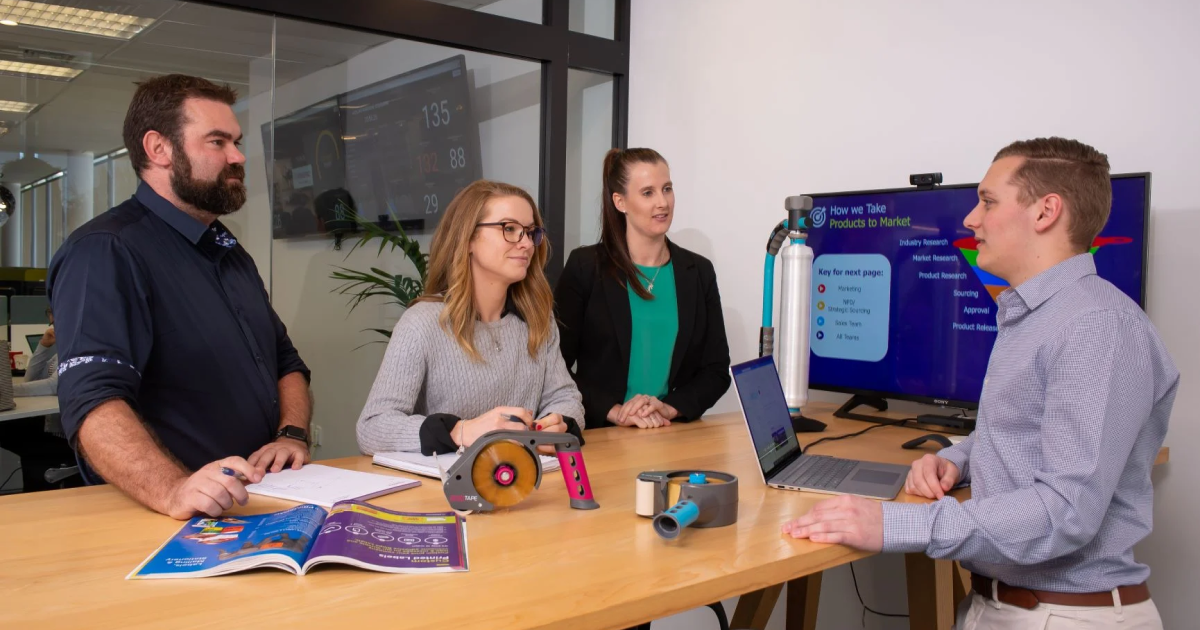
.png)
